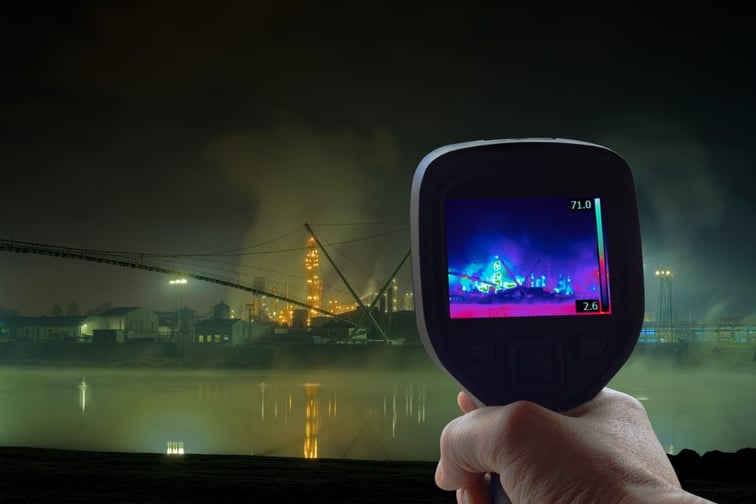

Emissions tracking and carbon footprint reduction is about more than purchasing carbon offsets, and one company hopes it can help the insurance industry drive change through the supply chain as indirect emissions enter regulatory focus.
“I think the insurance industry is having a moment,” said Jodi Scarlett, CEO of EcoClaim.
“People are really willing to make a tangible difference in creating a more sustainable way of working and make those behavioural changes to help reduce their carbon footprint in a meaningful way.”
As it looks to cut down on its carbon footprint, the industry should be looking to change the “behaviour of the supply chain” to create more environmentally friendly practices, according to Scarlett, who joined the start-up as CEO in August.
Under a March 2023 ruling by the Office of the Superintendent of Financial Institutions (OSFI), federally regulated financial institutions must report their indirect, or scope 3 emissions, starting in 2024. For the insurance industry and others, this includes supply chain operations and end-product usage by customers.
A “significant portion” of insurance scope 3 emissions come from property claims, according to EcoClaim.
The business, part of MBC Group, works with insurance players on carbon emissions. EcoClaim announced it was working with Avail Risk Management in April, with Gore Mutual having become the first insurer to require its contractors to get EcoClaim certified in July.
As the previous owner and operator of a restoration contracting company, it was not until Scarlett sold the majority stake of her company to sustainability enthusiast Tony Scott of Pro-Claim Group that she realized how wasteful the sector’s clean up procedures can be.
“Through Tony, I saw firsthand how he was trying to minimize greenhouse gas emissions, and it was so impressive,” she said.
Going through the process to obtain a BMO Radical climate smart certification, which required Scarlett to thoroughly measure her company’s greenhouse gas inventory emissions, resulted in her push to make significant behavioural changes.
“Prior to this program, we diverted zero waste to landfill,” she said. “Eventually, on all of our projects, we began recycling on a number of streams, including wood, drywall, metal, glass, cardboard, plastic.”
“What we want to do with EcoClaim is be able to make those behavioural changes much easier,” Scarlett said.
For example, changing how contractors sort and clean up a site during its restoration phase.
“Up until now, contractors typically put every single piece of debris related to anything they're doing in the landfill,” she said.
Now, contractors can use data and sourcing tools to sort the various debris into trash, recyclables and materials that can be reused elsewhere.
Sorting is just one area of interest for a company like EcoClaim, as it is actively pursuing an improvement to other areas in the restoration sector like reducing the need for demolition in the aftermath of infrastructure damage due to flooding.
“The industry refers to this as dry-in-place strategies,” Scarlett said. “This can be accomplished by using common technologies like air movers and dehumidifiers, or newer technologies like heat. It could also be raising awareness of business practices and an impetus from the insurers to focus on dry-in-place instead of remove and replace.”
Data on emissions remains patchy, something that is changing.
“Most of the companies in the supply chain do not have a baseline inventory of greenhouse gas,” Scarlett said.
“Until we create a baseline for each business or at least enough entities participate so we can make proper assumptions from the data we’ve collected, we’ll be able to outline what actions, technologies, behavioural changes can make the most meaningful impact.”
While some mediations can be implemented more immediately, others will take some time to become more widespread.
One of the biggest impacts a restoration contractor can make is updating its automobile fleet from standard combustion engines to EV batteries, according to Scarlett. However, barriers remain to a quick change.
“It's not like every contracting firm is going to be able to just change their entire fleet over to EVs overnight,” Scarlett said.
“Cube van EVs are not a thing right now. And while there are other cargo vans that are being tested right now, we are not sure how they will fare in areas like Calgary with its extreme winter weather.”
